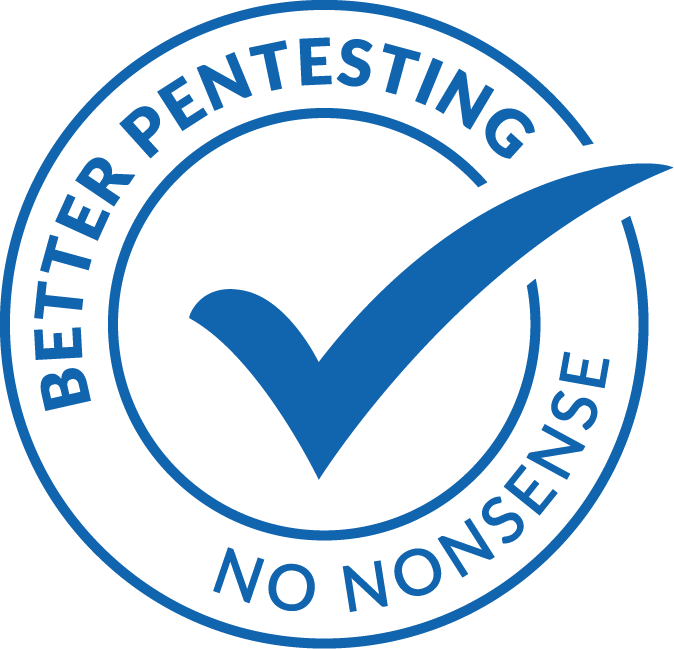Hacking I: Scanning networks
In some cases, we need to identify the network ranges of a company ourselves for penetration testing. In the case of a pure black box pentest, we would only know the company name in our role as an attacker. Here we encounter two problems: if we don’t know the IP address range, we cannot estimate the effort needed in advance, and we must ensure that we don’t accidentally penetrate IT systems of third parties when carrying out an attack. For these reasons, the necessary information, such as the network ranges of the IT infrastructure to be examined, is usually provided by the client. In our scenario, network 10.250.53.0/24 of Dubius Payment Ltd. will be subjected to a penetration test.
So far, the task of compromising Dubius Payment Ltd. may have seemed a bit abstract. To shine a light on the situation, we must first identify the accessible servers and services in a network range. To do so, we must have a clear understanding of the unique values of a network connection: a network connection is uniquely identified by its source and target IP address, its source and target port and the transfer protocol.
A service can be addressed both over IPv4 and over IPv6, while we will only focus on the TCP and UDP transfer protocols for Dubius Payment Ltd. Also present are 65536 ports (0 - 65535), where a service might be listening for an incoming connection. It should be noted that opening a port below 1024 requires administrative rights. These values indicate the attack surface of a network and can establish connections to servers and services.
But as you might imagine, under no circumstances will we manually search for existing servers and services, as this task is easy to implement with a program or tool. Instead of sending out the same command thousands of times over to establish connections, we will “only“ use the nmap (network mapper) tool. But nmap offers much more than just automatically identifying servers and services.
Sub Articles
Pentest Training
Take a look at the pentest training chapters and learn penetration testing:
- Preface
- Introduction
- Legal Framework
- Hacking vs. Penetration Testing
- Classification
- Meaningfulness of Penetration Tests
- Penetration Testing Standards
- The Hacking Guide
- Hacking I: Scanning networks
- Hacking II: Password attacks
- Hacking III: Web application attacks
- Hacking IV: Privilege Escalation
- Hacking V: Tunnelling Techniques
- Hacking VI: Vulnerability scanner and penetration testing frameworks
- Demonstration of a Penetration Test
- Risk Assessment of Identified Vulnerabilities
- Structure of Documentation and Reporting
- Insider stories: Tales from Dubius Payment Ltd.
binsec academy GmbH - Online IT Security Training with Practical Focus
binsec academy GmbH is provider of online IT security training, offering practical, lab-based courses for professionals. The academy provides hands-on training in areas such as penetration testing and secure software development. Participants gain practical experience through realistic lab environments, including simulations of company networks and applications. Courses are available in multiple programming languages and align with standards like OWASP Top 10 and PCI DSS. Upon successful completion, participants receive certifications such as the Binsec Academy Certified Pentest Professional (BACPP) and Binsec Academy Certified Secure Coding Professional (BACSCP), demonstrating their ability to identify and remediate security vulnerabilities.
Goto binsec acadmy GmbH

binsec GmbH – Experts in Penetration Testing
binsec GmbH is a German IT security company focused on professional penetration testing. With over 10 years of experience, the team conducts in-depth penetration tests on networks, web applications, APIs, and mobile apps. Certified experts systematically identify and document security vulnerabilities to support organizations in improving their security and meeting compliance requirements.
Goto binsec GmbH